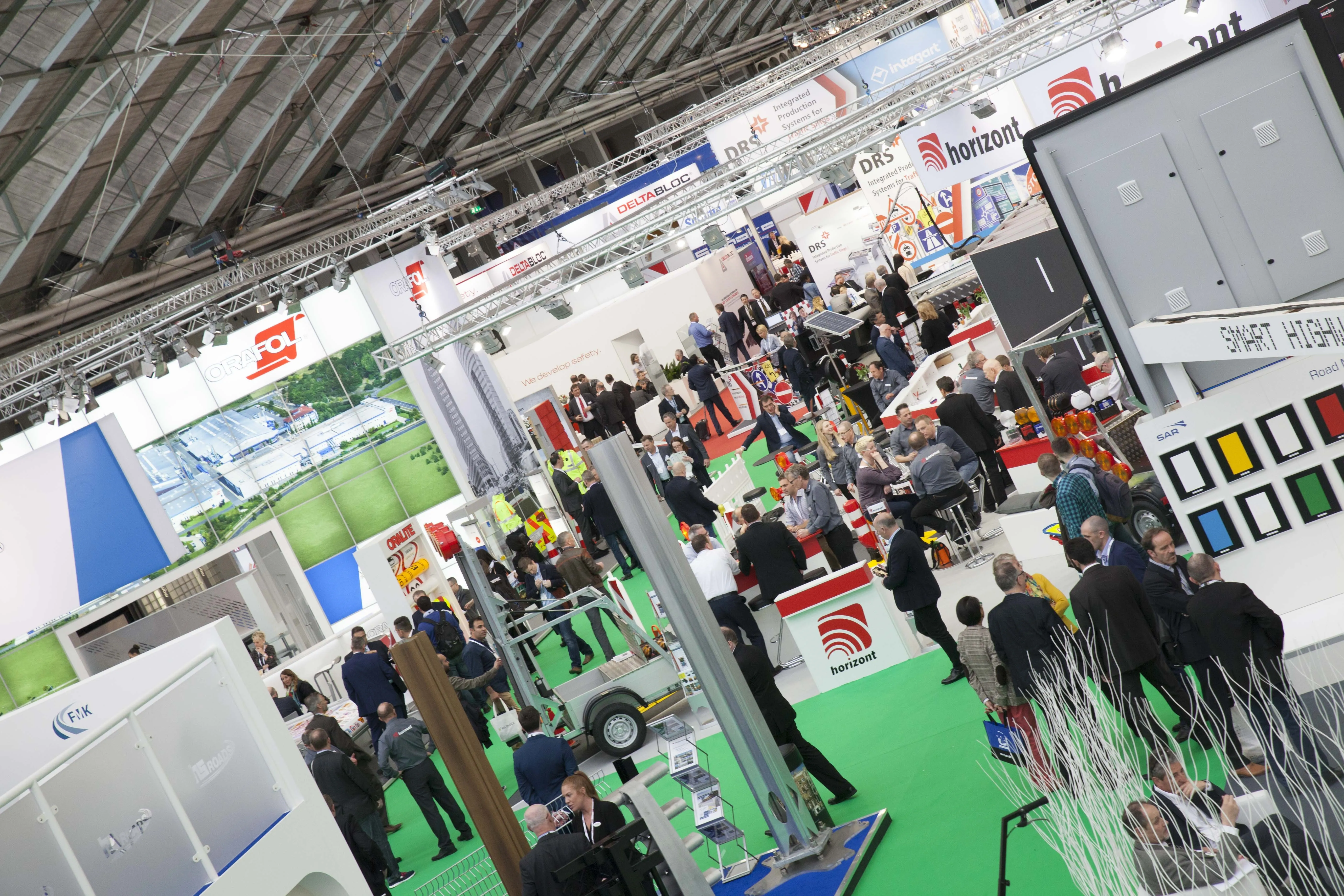The solution is an information system that includes a tyre, sensors and cloud-based algorithms.
The sensors work with the vehicle and third-party information to provide real-time data to Goodyear’s proprietary algorithms. It delivers information on tyre ID and status including wear, temperature and pressure, which is updated and shared with fleet operators.
Chris Delaney, president of Goodyear Europe, Middle East and Africa, said: “Tyre performance and wear information provide a real-time signal for when a tyre needs service to extend its life, fuel economy and performance attributes. This kind of proactive maintenance allows fleet operators to precisely identify and resolve tyre-related and potential service issues before they happen.”
“As the face of mobility continues to evolve, so will the needs of consumers and fleet operators. Goodyear is anticipating the products, services and experiences that will deliver the mobility that consumers and fleet operators need.”
Goodyear showcase intelligent tyre prototype at Geneva Motor Show
Goodyear has exhibited the latest advances on its intelligent tyre prototype at the 2018 Geneva International Motor Show. The shared mobility product is designed with the intention of providing continuous connectivity and real-time data sharing for safer and more cost-efficient mobility. The solution is an information system that includes a tyre, sensors and cloud-based algorithms.
The sensors work with the vehicle and third-party information to provide real-time data to Goodyear’s proprietary algorithms.
March 8, 2018
Read time: 2 mins










